9F, Zhongrui Jumei Building, 68 Jiuzhang Road, Suzhou Industrial Park, Jiangsu Province
The case of "going out"
[Returning from Visiting] Persistence and Perseverance -- Feelings of Visiting to Davis Medical Center
Each participant in the study has a unique experience and story that cannot be replicated. During their study, they not only gained knowledge from it, but also broadened their horizons and further improved their research level. "We will share with you from time to time their wonderful visiting stories. Today, the editor will share with you the wonderful stories of the visiting students at the University of California Davis Medical Center.".
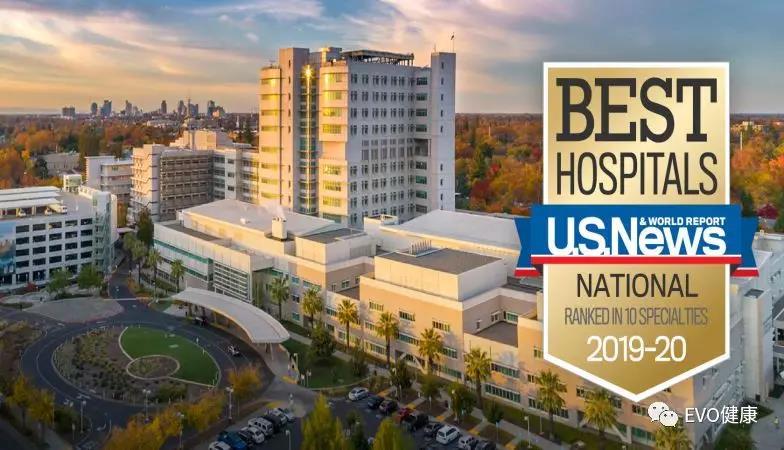
Introduction to Training Units
With the approval of the hospital leader and department director, and under the organization and arrangement of EVO Medical, I arrived at UC Davis Medical in Sacramento, California, USA on September 4, 2019 Center。 Sacramento is the capital of California, and UC Davis Medical The Center is an affiliated hospital of the University of California, Davis School of Medicine. The hospital was founded in 1973 and is a large-scale comprehensive hospital integrating clinical, teaching, and scientific research. Currently, the hospital has 625 beds and 11310 employees, including 1260 doctors and 3163 nurses. The annual number of visits is 34763, the number of hospitalizations is 11168, and the number of surgeries is 10887. The annual revenue is 8.165 billion US dollars, and the scientific research funding is 300 million US dollars.

The hospital is currently the best hospital in Northern California and has been nominated for the Best Hospital in the United States. Several specialties rank high in the United States, especially pediatrics, gynecology, urology, cardiology, neurosurgery, orthopedics, oncology, emergency department, and burn department. Gastrointestinal surgery is also praised for its high-quality performance. It is worth mentioning that the hospital currently has the latest fourth generation Da Vinci robotic surgery system - Da Vinci Xi has two sets, so robot surgery has been carried out a lot in this hospital.
After completing the registration process, I obtained my work permit and entered clinical work. First, let's introduce the basic situation of some hospitals. Let's introduce the outpatient service first. UC Davis Medical The center clinics are all specialist clinics, and an appointment system is implemented. Most patients are referred by family doctors. Family doctors are the foundation of medical care in the United States. Every patient with medical insurance has a family doctor who can handle routine diseases and rehabilitation treatment after discharge. If it is a specialist disease, it is referred by a family doctor to specialist treatment. However, patients can also directly make appointments for specialist clinics themselves, but it may take a long time, requiring 1-2 months to wait, and insurance may not be reimbursed.
It is precisely because the outpatient department adopts the appointment system, there is no special registration office for the outpatient department. The settings and procedures of each specialized outpatient clinic are generally the same as those of our hospital. There is a reception desk (responsible for booking, reception, billing, etc.), a patient waiting area, and a doctor's treatment area. The waiting area is provided with sofas, newspapers, magazines, televisions, computers, free WiFi, free coffee, and drinking water.
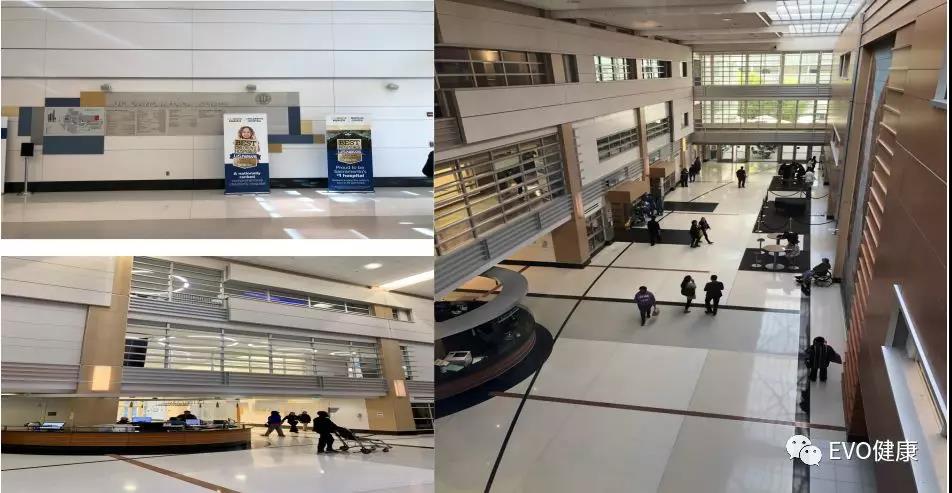
The patient arrives at the reception desk at the scheduled time and only needs to provide basic information and insurance number. After checking, the nurse will take the patient to the consulting room to wait for the doctor. The patient's medical history and examination status can be queried in the computer system. Generally, paper medical records are not provided, and can be printed and taken away if requested by the patient. Doctors need to wear formal clothes and a white coat when going to the clinic. When there are no patients to handle, they are in the doctor's office. When the nurse notifies the doctor that there are patients, the doctor goes to the consulting room. After entering the diagnosis and treatment room, the doctor first introduces himself, and then introduces every medical staff around him to the patient. After obtaining the patient's consent, the doctor closes the door for one-on-one treatment. Generally, communication takes a long time. Initially diagnosed patients typically require half an hour, while re diagnosed patients require 15 minutes. The atmosphere was very good, there was a sense of meeting old friends, and patients were also very willing to chat. If an examination is required, it is generally accompanied and guided by staff or volunteers. The results don't have to be retrieved, they can be seen on the computer.
After the diagnosis and treatment, the doctor will issue a prescription, take care of precautions, and make an appointment for the next follow-up visit. Prescriptions can be dispensed in hospital pharmacies or outside pharmacies. Many major supermarkets in the United States have pharmacies. Later, if there are changes or unclear areas in the patient's condition, or if doctors want to understand the changes in the patient's condition, they will communicate via phone, e-mail, and the Internet. UC Davis Medical Center has a dedicated website called UC Davis Health "Mychart" is used for doctor-patient communication. After registering and logging in, patients can query various examination results and communicate with doctors in real time. If the patient's condition is complex, the doctor will make an appointment for the patient's next outpatient discussion or referral. If the patient needs surgery, the doctor will make an appointment for the surgery time and improve the preoperative examination and surgical signature.
Each doctor makes an average of a dozen outpatient appointments a day, and if there are twenty patients, they are considered very busy. Patient fees are generally paid through insurance, and fees vary depending on the insurance, as well as the proportion of self expenses. If it's all self financing, the price is very expensive. "But they are not paid on-site, they are all billed later, and the fees are a financial matter that has nothing to do with the doctor. Therefore, even if the patient does not pay the bill, the doctor will not know and still treat as usual.". If the patient defaults, the government ultimately pays the bill through taxes.
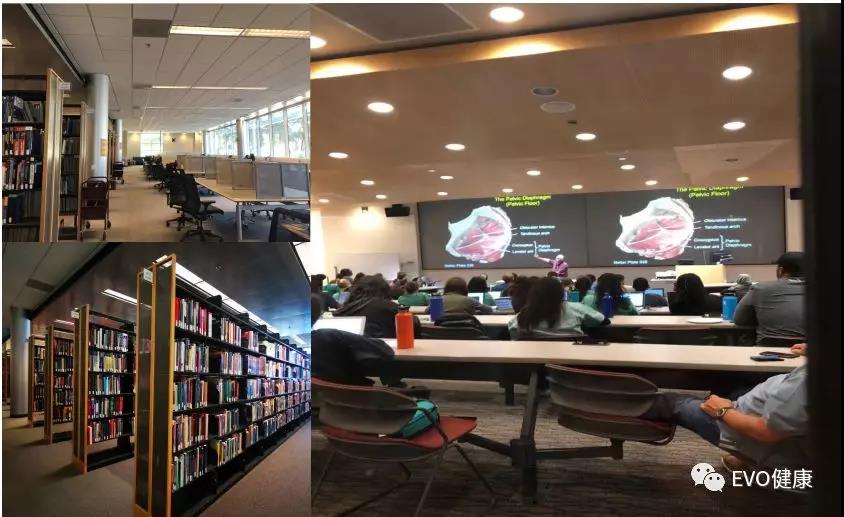
Next is the emergency department. UC Davis Medical The Emergency Department of the Center is the only Level 1 trauma center in the interior of Northern California. 80% of patients are transported by red ambulances from the fire department, as well as by helicopters and 911. There are approximately 10 different ambulance companies in Sacramento (bus companies have ambulances), but most ambulances do not meet the requirements for emergency care and can only perform routine diagnosis or inter hospital transfer work.
Generally, after receiving a 911 call, a police car, fire truck, or ambulance is required to arrive within 5 minutes. The ambulance is well equipped, equipped with drugs, monitoring, respirators, and automatic chest compression machines. However, there are no doctors and nurses, usually two firefighters or police officers. However, at least one of them is a trained and qualified "ambulance attendant". When an ambulance sounds its alarm and is traveling on the road, all vehicles must pull aside and stop driving to make way for the road. At the same time that the ambulance received the patient, preparations for the emergency room were already in place.
In addition to doctors, nurses, medical technicians, pharmacists, security guards, receptionists, and workers, emergency personnel are equipped with: 1. Medical nurses, who have simple prescription rights, handle simple situations. 2. Respiratory therapist, responsible for the preparation and commissioning of the ventilator. 3. A medical record stenographer who records the entire rescue process. Zen master, mainly providing spiritual and spiritual care. Social workers are a bridge between doctors and patients and their families. If patients and their families need to understand their condition, social workers are professional disease announcers. If patients do not have insurance, social workers will also help them arrange insurance, contact charitable donations, and so on. 6. Translation, translation in various languages, including Mandarin, Cantonese, and Taishan dialect related to China. Volunteer, mainly responsible for leading the way and handling work. 8. Police, the police will be here as soon as there is any sign of trouble. Emergency treatment of patients is extremely fast and well trained, but the fees are also extremely high, often amounting to thousands of dollars. Generally, it is better not to go casually.
Then there is the inpatient ward. A ward with 32 beds and 60 nurses, plus support workers, is absolutely equipped with sufficient nursing personnel. UC Davis Medical The ward of the Center is relatively roughly divided by disease type. If the ward for related diseases is full of beds, it can be arranged to the ward with empty beds. This is more flexible, but results in a group of doctors with patients that may be distributed across several wards. During a ward round, you should make a patient list to see which ward and bed your patients are in. The setting of ward equipment is basically the same as that of our hospital, except that there are particularly many computers. Almost every ward has a computer handy. Many are mobile doctor workstations that facilitate doctors to consult medical records and change medical orders during ward rounds.
Their cases were printed as a whole and kept on file at the time of discharge, usually in electronic format. The written content is similar to ours, but it is relatively simple. After checking the room, the doctor is basically not in the ward, outpatient service, or surgery. Everything is handled by a BB machine. The first thing to do is to deal with nurses, who have to wait a long time to see a doctor. However, patients generally do not have opinions, which shows that doctors in the United States have a high status and are highly respected. It is worth mentioning that among the members of their department, in addition to doctors and nurses, there are also administrative and financial personnel. Doctors and nurses are only responsible for their own professional work, while administrative personnel are responsible for work arrangements, teaching arrangements, and administrative matters related to the department, such as doctor registration, rating, and so on.
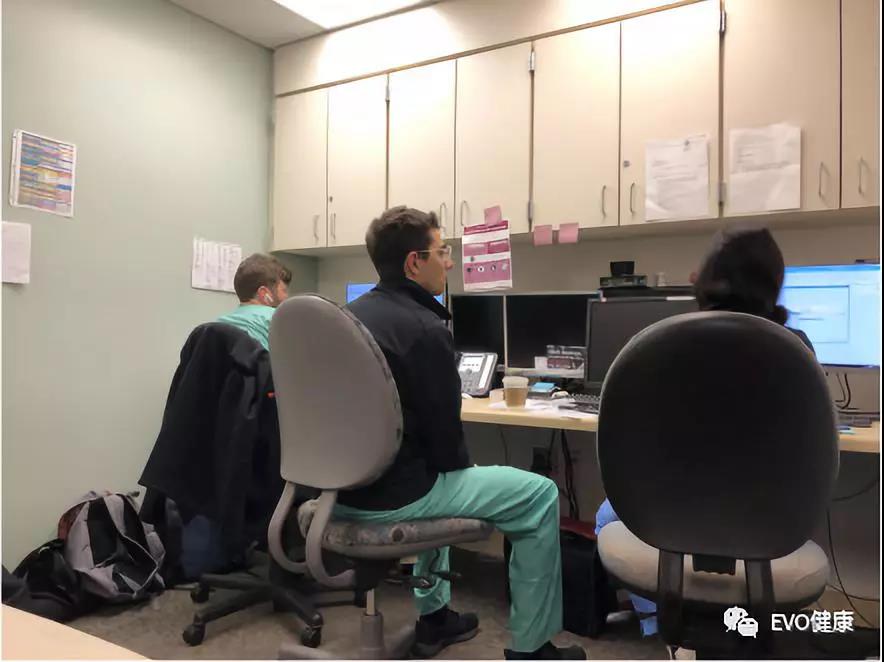
Financial personnel are responsible for any money related matters, such as patient fees and doctor salaries. Everyone does not interfere or influence each other. In ward work, the work of residents is relatively arduous. Arrive at the inpatient area at about 7:00 every day to begin preparations to understand the changes in the patient's condition and some examination results last night. Around 7:30 pm, ward rounds will begin. They will first summarize the information of all patients on the bed in a room, discuss the treatment plan, and then go to the bedside after summarizing. The ward round system is similar to ours, with a strong sense of teaching. In the operating room, the first surgery usually starts at 7:30. After the surgery is over, sometimes it's too late. It's also common to deal with some things and go home at 8 pm. On duty is a group of doctors who are on duty for 24 hours to handle all emergencies during these 24 hours. Because the United States attaches great importance to letter of recommendation in job hunting and promotion, residents work very hard and hope to receive favorable comments from the department. They can obtain a good letter of recommendation when looking for a job after the completion of regular training.
Personal education
Now let me report on my further education. My major is echocardiogram. As there is no ultrasound department in hospitals in the United States, echocardiogram is divided into two departments, one is Echo in the cardiology department Lab is responsible for the examination and diagnosis of transthoracic echocardiography and transesophageal echocardiography in outpatient and inpatient patients under non anesthesia. The other is in the anesthesia department, responsible for intraoperative monitoring of transesophageal echocardiography in patients undergoing cardiac surgery. After coordination and application from the International Cooperation Department of the hospital, I was arranged to study transesophageal echocardiography with an anesthesiologist in the operating room for the first month and a half, and then I was at Echo in the cardiology department for the next month and a half Lab Learning.
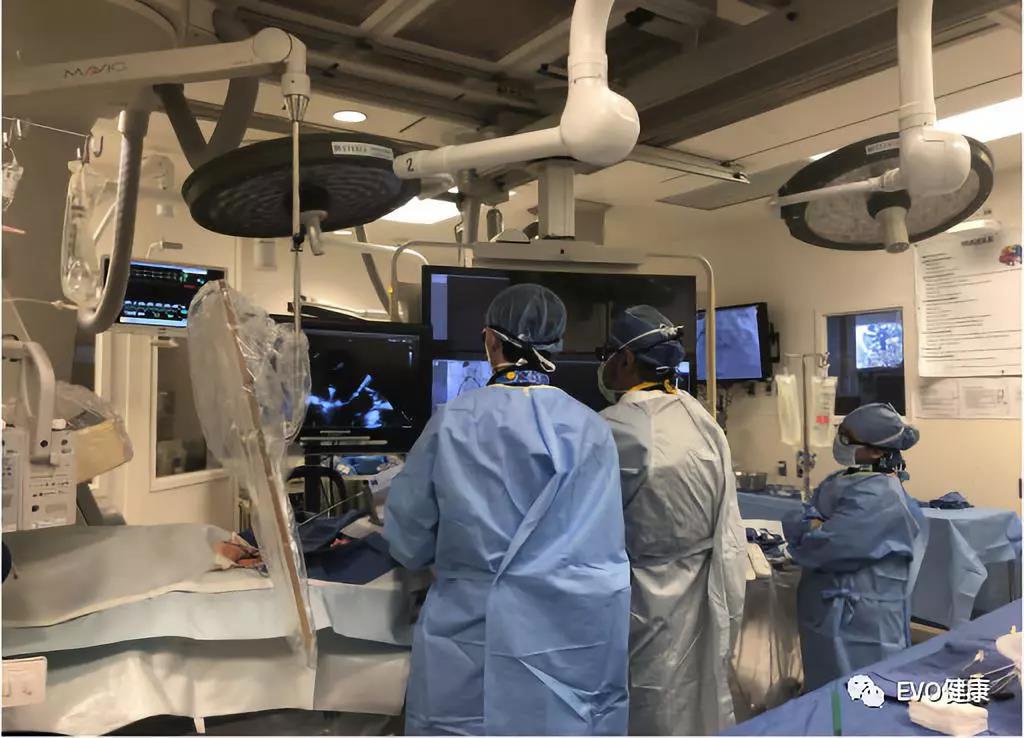
The medical center has 46 operating rooms, each with two anesthesiologists. Anesthesia residents cannot perform anesthesia alone, and must perform various operations under the guidance of the attending physician. I was arranged to observe and learn in the Heart Surgery Operating Room (OR43) and the Heart Internal Medicine Operating Room (OR45). Cardiac surgery is routinely monitored during transesophageal echocardiography under general anesthesia. This examination is performed by an anesthesiologist, who also provides the report. Under general anesthesia, with the endotracheal intubation in place, the anesthesiologist inserts the esophageal probe into the esophagus for image collection after a first sputum aspiration. Before surgery, most images are collected according to the routine steps, and then after cardiopulmonary bypass and cardiac arrest, images of the relevant parts of the surgery can be collected and evaluated again. The image collection sequence is in accordance with the ASE guidelines. OR43 has a physician who is specifically responsible for performing transesophageal ultrasound examinations, which is also my tutor. She also needs to complete anesthesia monitoring during the ultrasound examination, so OR43 will have an additional senior attending. The anesthesiology department does not have morning meetings to hand over classes, but every Tuesday morning at 6:40, there will be an internal business learning session. All staff will attend the class, express their opinions and questions, and discuss with the speakers. Every half month at 3pm on Thursday, there will be a business study related to cardiac ultrasound, and physicians from the Department of Cardiology will be invited to participate in the discussion of difficult cases and case reviews.
The Echo Lab of the Medical Center is located in the cardiovascular service center on the first floor of the hospital's main building. In addition to the Echo Lab, there are also Cardioic Cath Lab and EKG in the cardiovascular service center Lab、Electrophysiology Lab、Cardiovascular Support Unit。 Echo The Lab has a total of 13 inspection machines, 5 PHIPS IE33, and 4 IPac 7. 3 Siemens. There are a total of 10 technicians. Outpatients (OPs) undergo an appointment system, which typically takes a relatively long time, requiring 1-2 months. If there is a need for emergency treatment, the outpatient doctor will call based on the situation to coordinate the examination time and conduct the examination in advance. The indication is determined by the outpatient doctor. If there is no way to coordinate to go to other nearby hospitals for examination in advance. Inpatient (IP) in the ward are all inspected by technicians pushing machines to the bedside. Generally, examinations are scheduled to be completed before surgery or before a clear diagnosis is required. However, most patients have completed their examinations before hospitalization, and doctors will perform limited reexaminations as needed, rather than prescribe a full set of examinations, as insurance companies will not be reimbursed. OP typically makes 18 appointments a day, two in an hour, and operates two machines. Exercise symbol load test is generally scheduled on the same day in the outpatient clinic, and generally about three hours in the afternoon. Bedside generally has one machine, one technician, and three patients per half day. Arrive on duty at 7:30 a.m. every day, start making patient appointments at 8:00 a.m., end at 12:00 a.m., start at 1:00 p.m., and make appointments until 4:00 p.m. Each technician does about 8 jobs a day.
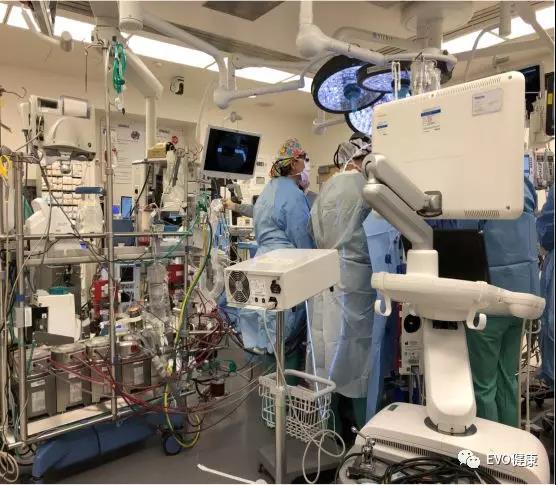
In general, the images of transthoracic echocardiography are collected by technicians, and after the image collection is completed, they are uniformly transmitted to the doctor's reporting workstation. The cardiologist is responsible for reading the images and producing the report. Generally, a report will be read by two doctors, with one doctor reading the film and submitting it to a senior person for review. There are two doctors specialized in film reading in the Department of Cardiology, as well as others who are arranged on a shift basis. When they arrive at the film reading class, they will read the film in the film reading room. When there is surgery or a patient needs to see, the film reading doctor will give a report. Transesophageal echocardiography under non anesthesia is performed by cardiologists to collect images. Generally, patients will be pushed to a special examination room by the nurse, and the nurse will open the peripheral venous channels. At the same time, ECG, respiration, and pulse oxygen detection will be carried out. After local anesthesia with lidocaine spray in the mouth, mild to moderate drug sedation will be carried out to provide patients with maximum comfort. At the same time, the examination room is equipped with first aid facilities such as an aspirator, defibrillator, oxygen mask, and emergency medicine. After the patient has been sedated, the cardiologist will insert an ultrasound esophageal probe for examination. Night On If there is an emergency that requires cardiac ultrasound, the physician on duty in the Cardiology Department will do it. This is also a project for the training of junior resident doctors in the department. All doctors in the department of cardiology must be able to perform cardiac ultrasound, so emergency treatment at night is a good exercise opportunity. In addition, Echo The Lab also conducts exercise testing, bubble testing, and intracardiac angiography. Every Monday, noon, and Friday morning, the Department of Cardiology will have internal business studies. Sometimes, professors in their own department will talk about their own research or some basic content, and sometimes they will invite professors from other hospitals to give lectures. Echo Lab also has technical staff's business learning and case discussion at 7 am every Tuesday.
Thoughts on Visiting Students
Although I have had a certain understanding of Davis Medical Center through various channels before, it is far less profound than the on-site experience in these three months.
1、 Standardized medical system. The basic information of the patient can be viewed through a computer system, and all medical history, laboratory tests, instrument tests, imaging image data, medication status, and outpatient and emergency records are clear at a glance. All imaging data can be adjusted and viewed immediately. The control of drugs, especially narcotic drugs, is very strict.
2、 Efficient teamwork. In the operating room, doctors, assistant nurses, itinerant nurses, anesthesiologists, and extracorporeal circulation specialists cooperate very well. When related diseases are involved, consultation is timely and efficient. The maintenance personnel will arrive within a few minutes of a phone call after a problem occurs with the ultrasonic instrument and equipment, which is quite efficient.
3、 Training of medical talents. UC Davis Medical Center is a teaching hospital, and cultivating young doctors is an important task of the hospital. The teaching teacher is careful and responsible. When young doctors perform operations or examinations, on the one hand, they communicate with patients to explain that young doctors may make operational errors, but don't worry. On the other hand, they patiently guide young doctors without being impatient or impatient. After the operation, I will carefully analyze the entire operation process, relevant pathophysiology, structural anatomy, etc., and summarize some easy problems based on my own experience. I will also ask relevant questions to see how young doctors master them.
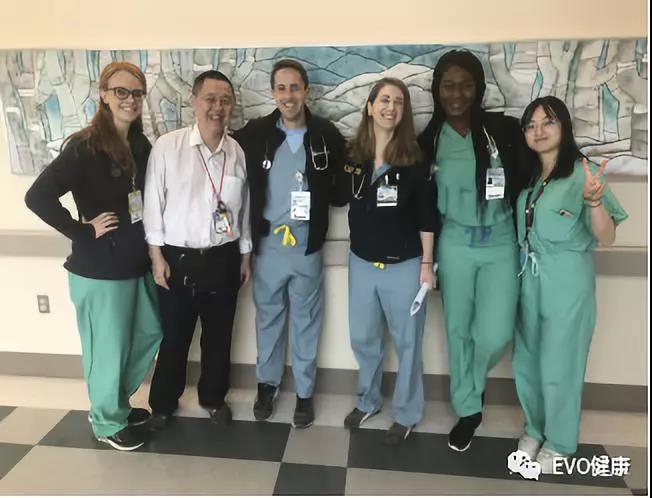

4、 Harmonious doctor-patient relationship. The doctor-patient relationship is twofold, and every doctor is very sincere towards the patient. The patient trusts the hospital and the doctor. The patient can cooperate well with the doctor's instructions, and the patient will not question the doctor's instructions. There is no burden on the communication between the doctor and the patient, and the doctor-patient relationship is quite harmonious.

